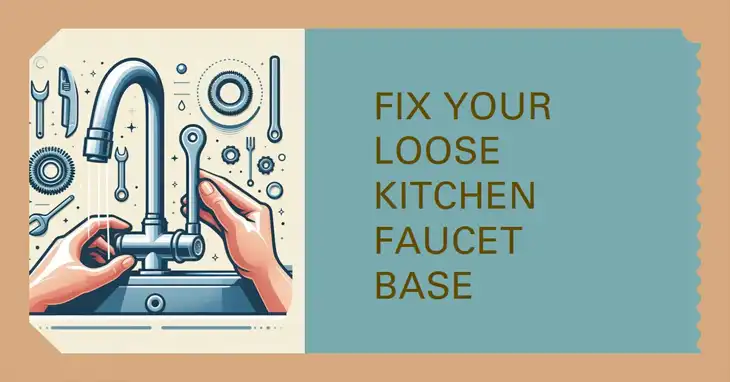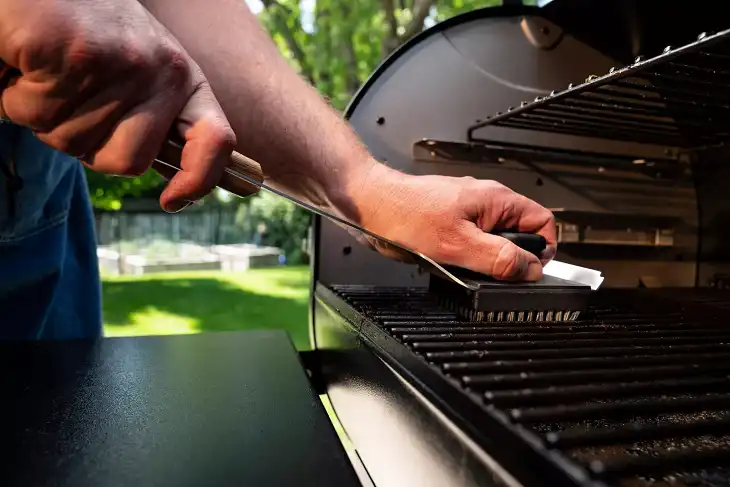Is It Safe to Microwave Silicone? [Answered]

Yes, it is generally safe to microwave silicone as long as the silicone is labeled as microwave-safe and is of high quality. Silicone kitchenware, such as baking molds, spatulas, and food storage containers, is designed to withstand high temperatures without melting or releasing harmful chemicals. However, there are a few considerations to keep in mind to ensure safe use. In this guide, we’ll explore why silicone is microwave-safe, what to look out for, and how to use silicone products in your microwave safely.
What Makes Silicone Microwave-Safe?
Silicone is a synthetic material made from a combination of silicon, oxygen, and various other elements. Its high melting point (typically over 400°F or 200°C) and non-reactive nature make it suitable for use in both the oven and microwave. Unlike some plastics, silicone does not contain harmful chemicals like BPA (Bisphenol A) or phthalates, which can leach into food when heated.
Benefits of Using Silicone Kitchen Products
- Heat Resistance: Most silicone kitchen products are rated to withstand temperatures up to 500°F (260°C), far beyond what any microwave can reach.
- Non-Toxicity: High-quality silicone does not emit harmful fumes or leach chemicals into food when heated.
- Flexibility and Durability: Silicone’s flexible nature makes it ideal for various shapes and uses, and it can endure rapid temperature changes without warping or melting.
How to Identify Microwave-Safe Silicone
Not all silicone products are created equal, so it’s crucial to verify that your items are specifically labeled as microwave-safe. Here are a few tips to ensure that you’re using the right products:
- Look for the Microwave-Safe Label: Only use silicone products that explicitly state they are safe for microwave use. This label is typically found on the bottom of containers or in the product description.
- Check for Purity: High-quality, food-grade silicone should not have fillers. Fillers reduce the heat resistance and structural integrity of the material, increasing the risk of melting or leaching chemicals.
- Perform a Pinch Test: To check for fillers, gently pinch and twist a flat surface of the silicone item. If it turns white or shows any discoloration, it may contain fillers and should be avoided for microwave use.
Pro Tip: When buying silicone products, opt for reputable brands or those marked as FDA-approved or meeting LFGB standards, as these certifications ensure the silicone is food-safe.
How to Safely Microwave Silicone Products
Using silicone in the microwave is straightforward, but there are a few safety tips to keep in mind to prevent damage to both your silicone items and your microwave:
1. Avoid Overheating
Although silicone can tolerate high temperatures, microwaving it empty or for extended periods can cause it to heat unevenly and potentially damage the material. Always ensure there’s food or liquid inside when microwaving silicone cookware.
Tip: If you’re using silicone lids or covers, leave a small vent to allow steam to escape and prevent pressure buildup.
2. Check for Damage or Wear
Over time, silicone can degrade, particularly if exposed to high temperatures frequently. Inspect your silicone items for any cracks, discoloration, or warping before using them in the microwave.
Tip: Replace any damaged silicone products, as compromised silicone may not perform well under heat.
3. Don’t Microwave Silicone with Metal Parts
If your silicone container or utensil has metal reinforcements (e.g., handles or rims), avoid using it in the microwave. The metal can cause sparks and damage your microwave.
Common Misconceptions about Microwaving Silicone
While silicone is considered safe for microwaving, some myths persist. Let’s clear up a few common misconceptions:
Myth #1: Silicone Releases Harmful Chemicals in the Microwave.
Reality: High-quality silicone does not release harmful chemicals when microwaved. Cheaper, low-quality silicone with fillers might, which is why choosing food-grade, microwave-safe silicone is essential.
Myth #2: Silicone Melts in the Microwave.
Reality: Silicone has a much higher melting point than any temperature a standard microwave can reach. If your silicone product melts, it’s likely due to low-quality material or improper use.
Myth #3: You Can Microwave All Silicone Items.
Reality: Only microwave silicone items that are marked as microwave-safe. Some decorative silicone pieces, like trivets or novelty molds, may not be suitable for high heat.
FAQs
1. Can I microwave silicone baking molds?
Yes, silicone baking molds are generally safe to use in the microwave. However, ensure that they are marked as microwave-safe and avoid using them for long, high-temperature microwaving sessions.
2. What should I do if my silicone dish smells after microwaving?
Sometimes silicone can absorb odors from strong-smelling foods. To remove the smell, soak the item in a mixture of vinegar and water for a few hours, then rinse thoroughly.
3. Can I use silicone utensils in the microwave?
Yes, silicone spatulas, spoons, and other utensils are safe to use in the microwave. However, if they have plastic or metal handles, ensure that those parts are kept away from high heat.
4. Is silicone safer than plastic in the microwave?
Yes, silicone is considered safer than most plastics because it does not contain harmful chemicals like BPA. It also has a higher heat tolerance, making it less likely to warp or melt.
5. How do I know if my silicone is of high quality?
Look for food-grade, FDA-approved, or LFGB-certified labels on the product. Perform the pinch test to check for fillers and avoid using silicone items that change color when pinched.
Final Thoughts
Microwaving silicone is safe, convenient, and eco-friendly when using high-quality, microwave-safe products. Whether you’re reheating leftovers, melting butter, or baking a quick treat, silicone kitchenware can handle the job without releasing harmful chemicals or compromising your food’s taste. Just remember to choose your products carefully, inspect for any signs of damage, and avoid prolonged high-heat sessions. By following these guidelines, you can confidently use silicone items in your microwave for years to come.






